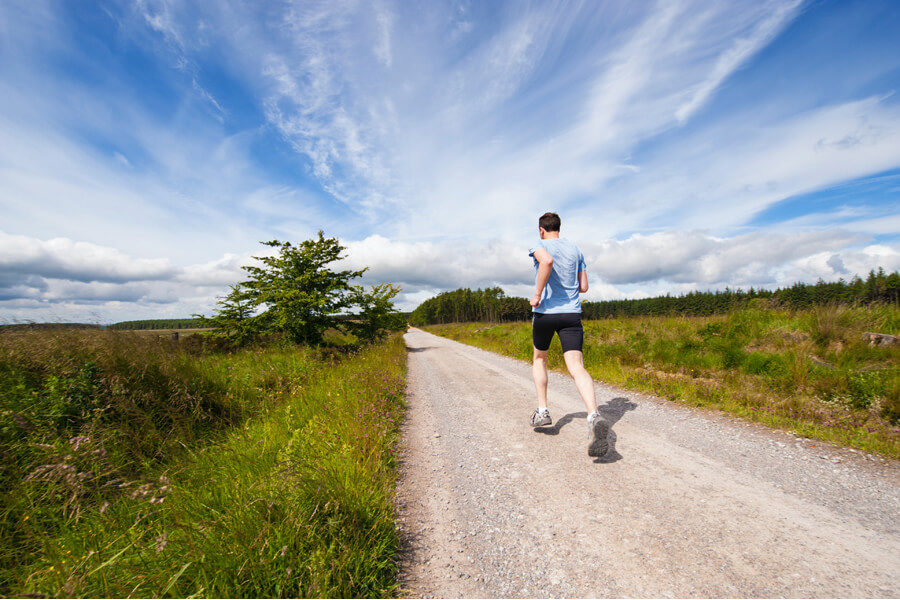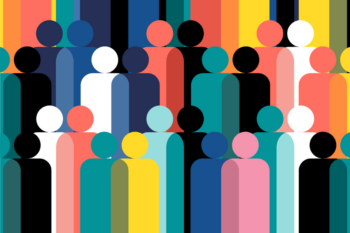Engaging the bystanders of public health

DATE
TYPE Prevention Centre News
“Involving the public in our research is not new,” Professor Penny Hawe told the World Congress on Public Health. “But using ‘citizen science’ as the terminology for this is new, and it lends a particular legitimacy, new funding streams, and opportunity to mainstream our work among the other sciences.”
Professor Hawe, from the University of Sydney, described a citizen science project that is part of a partnership between the Prevention Centre and the Australian National Centre for the Public Awareness of Science (CPAS ) at the Australian National University.
Citizen Science is one element of a Prevention Centre project that Professor Hawe is leading to promote public understanding of population health science and the policies that come from it.
“If we want more equitable solutions in public health, we can’t just rely on participatory action research and co-production with those most affected,” she said. “Though those are always important.”
Meaningful roles
“We need to create more meaningful roles for the people not affected. The people who are bystanders to, or don’t feel affected by, health inequality. The people who don’t have diabetes or asthma. We have to create roles for them. Citizen science is a pathway for that.”
An example of citizen science is the Cochrane Collaboration’s Cochrane Crowd, which enables the public to sift through literature and choose the sample for systematic reviews.
The collaboration between the Prevention Centre and CPAS is looking at a number of ways to stimulate citizen science, including a project called Health Minister for a Day.
This is a game-style electronic interface to involve citizens in real life trade-offs between investing in different health interventions. It will use dynamic simulation modelling – computer models that tests the likely impact of policies – drawing inspiration from the Prevention Centre’s dynamic simulation modelling projects in alcohol and obesity.
“People will be able to evaluate information that is presented about things like smoke-free areas or school breakfast programs and make decisions as if they were Health Minister,” she said. “The model will then extrapolate the impact of this on health and health equity.”
She said citizen science projects such as this enhance the public’s health literacy and our understanding of public preferences for different types of policies.
“We also invite citizens to capture information about the prevalence and distribution of policies and practices that we don’t see,” Professor Hawe said. “That’s where some of the real power comes in.”



